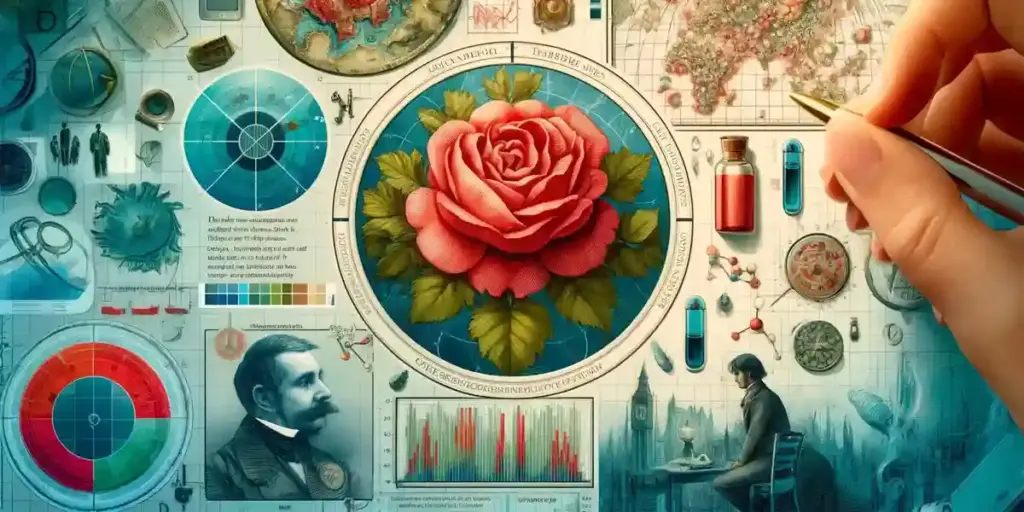
In a world overflowing with data, how we present it can make all the difference. Good data visualization isn’t just about making numbers look pretty; it’s about making them understandable and impactful. When design meets data, it creates a perfect blend of art and science—turning abstract figures into stories that inform, engage, and inspire action.
At its core, data visualization sits at the crossroads of raw information and design principles. Imagine you’re faced with rows upon rows of numbers—intimidating, right? Now, picture those same numbers transformed into a clean, colorful graph that highlights trends and key insights. That’s the magic of bringing art and science together: design makes data accessible while science ensures its accuracy and relevance.
Visual appeal plays a big role here. Think about it—if something looks good, you’re more likely to pay attention to it. But there’s a fine line between attractive and overwhelming. Great visualizations don’t rely on unnecessary bells and whistles; instead, they use thoughtful design to create balance. For instance, color can emphasize important points, but overloading a chart with too many colors risks confusing the audience. Choosing accessible color palettes is equally important, ensuring your work is legible to everyone, including those with color blindness.
While aesthetics draw people in, clarity and simplicity keep them engaged. The best visualizations are those that communicate insights effortlessly. Ever heard the phrase “less is more”? It’s especially true in data visualization. A clean, minimalistic design allows viewers to focus on the data itself rather than being distracted by unnecessary elements. For example, instead of cramming a chart with every possible metric, highlight only the most relevant points. This approach works particularly well with complex datasets, helping prevent information overload.
Good design isn’t just about making data easier to look at—it’s about making it easier to understand. A well-crafted visualization can reveal patterns, trends, or outliers that might go unnoticed in raw spreadsheets. Consider the power of visual metaphors, like using a tree diagram to represent a company’s growth. Branches can signify departments, while leaves represent individual employees. Suddenly, abstract data feels tangible and relatable, helping viewers connect with the information on a deeper level.
The designer’s role in this process is critical. They’re the ones bridging the gap between data and understanding, balancing the technical precision of datasets with the creativity of design. Every choice—colors, fonts, layouts—has to serve a dual purpose: making the data clear and making it compelling. Poor design risks burying valuable insights under clutter, while thoughtful design has the potential to drive action and spark meaningful change.
Ultimately, blending art and science in data visualization isn’t just about creating something that looks nice—it’s about creating something that works. By turning raw data into clear, engaging stories, design helps businesses and organizations unlock the full potential of their information. In a world increasingly driven by data, the importance of good design in visualization can’t be overstated.

